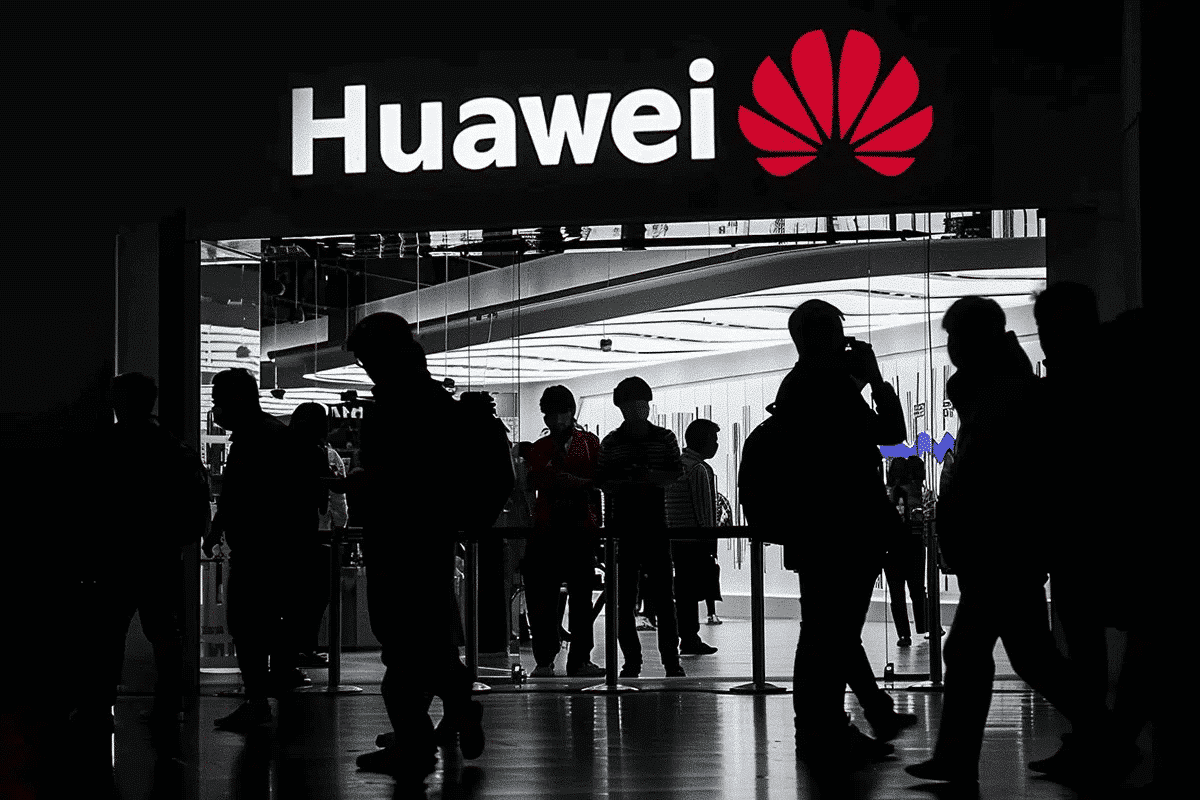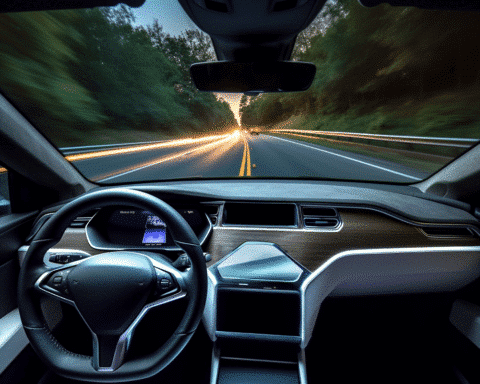In an industry where comebacks are rare, Huawei’s resurgence has not only been unexpected but also historic. The Chinese tech giant, once beleaguered by international trade disputes, has impressively clawed its way back to prominence, reshaping the competitive landscape of the technology sector.
At the heart of Huawei’s recovery is its proprietary operating system, Harmony OS. Developed as a strategic pivot in response to the US trade blacklist, which barred American companies from selling essential software and technology to Huawei, Harmony OS now powers over 900 million smartphones globally. This rapid adoption underscores Huawei’s success in achieving technological independence, a feat it accomplished in a mere decade—a sharp contrast to the several decades taken by Western counterparts.
Huawei’s rebound extends beyond smartphones. The company has ventured into new territories, including the electric vehicle market. Last year, Huawei launched an electric sedan aimed at competing with Tesla’s Model S, signaling its ambitions in the automotive industry. Furthermore, Huawei has been making significant strides in artificial intelligence (AI). Its AI framework, powered by Ascend processors, reportedly outperforms mainstream international offerings in training large language models, positioning Huawei as a formidable player in this cutting-edge field.
The revitalization is most evident in Huawei’s smartphone division. The first five months of 2024 saw a 72% surge in sales of Huawei’s flagship smartphones. This growth trajectory is particularly noteworthy given the severe limitations imposed by the US, which at one point led analysts to predict that Huawei smartphones might become obsolete.
Adding to its list of achievements, Huawei recently introduced the Mate 60 Pro, a smartphone equipped with a sophisticated processor that has caught the industry off guard. The phone’s debut was met with skepticism from experts who questioned how Huawei managed to acquire such advanced technology amidst stringent US restrictions aimed at curtailing China’s access to foreign chip technology.
Financially, Huawei is on firmer ground than ever. The company’s net profit soared by 564% to $2.71 billion in the first quarter of 2024, marking its fastest revenue growth in four years. This financial upturn is attributed to the robust performance of its consumer segment and new revenue streams from smart car components and other innovative ventures.
Huawei’s resurgence is also reshaping market dynamics in China, particularly impacting Apple. Counterpoint Research’s April data revealed that Huawei is rapidly closing the gap with Apple in the premium smartphone segment. In the first quarter of 2023, Apple led the Chinese smartphone market with nearly a 20% share. However, by the first quarter of this year, Apple had slipped to third place, with its market share dropping to 15.7%, while Huawei’s share surged to 15.5% from 9.3% the previous year. This shift is part of a broader trend where Huawei’s success is directly influencing the strategies of its competitors, including Apple’s decision to cut prices in May to regain momentum in its largest overseas market.
Huawei’s remarkable comeback is not just a testament to its resilience and strategic pivoting but also a signal to the global tech industry of the shifting power dynamics. With its hands in cutting-edge technology like AI and smart vehicles, along with a strong footing in the smartphone market, Huawei is not just back; it’s a force to be reckoned with. As the tech world watches, the question now is not whether Huawei can maintain its momentum, but just how far this comeback can take them.




